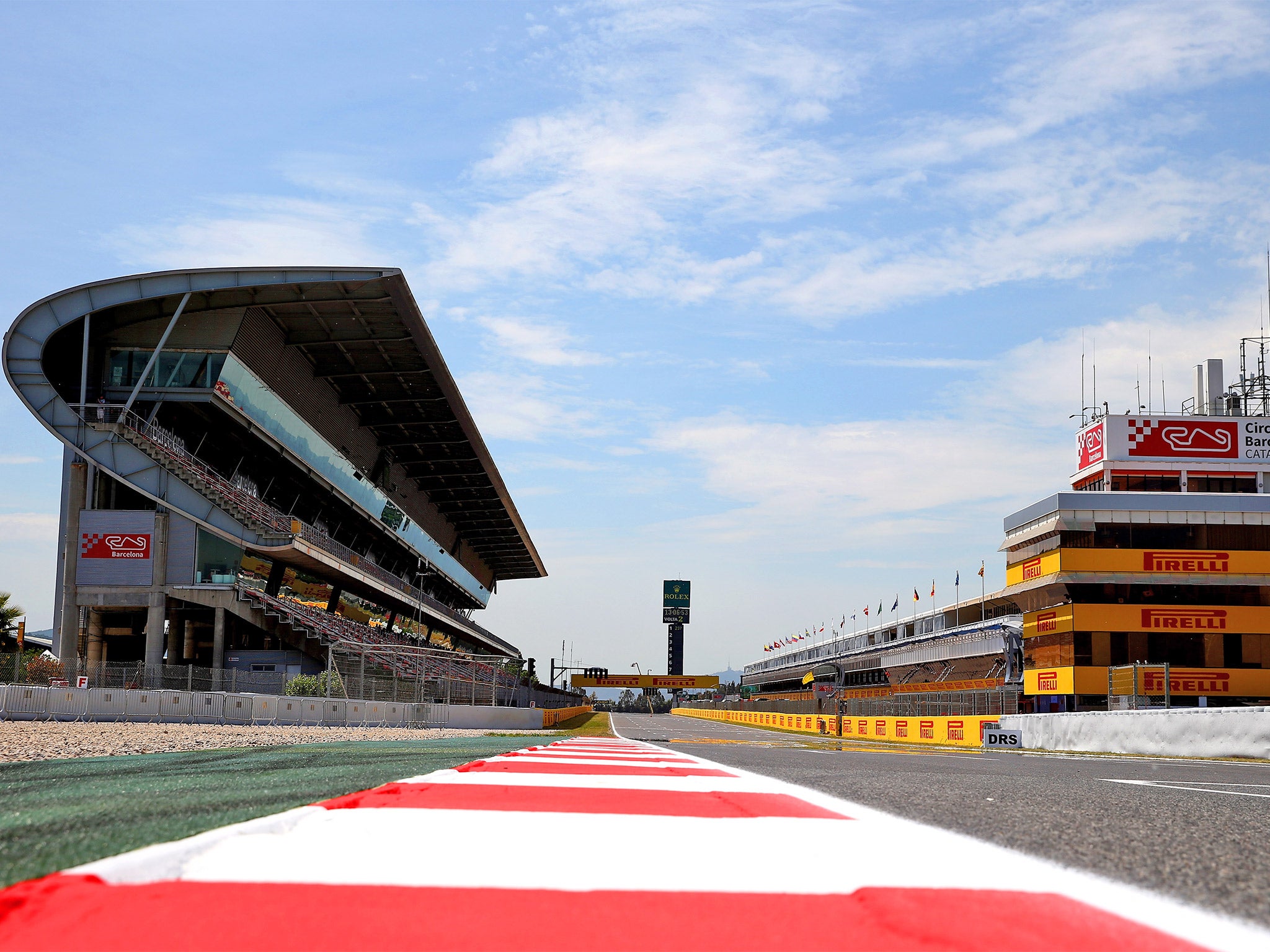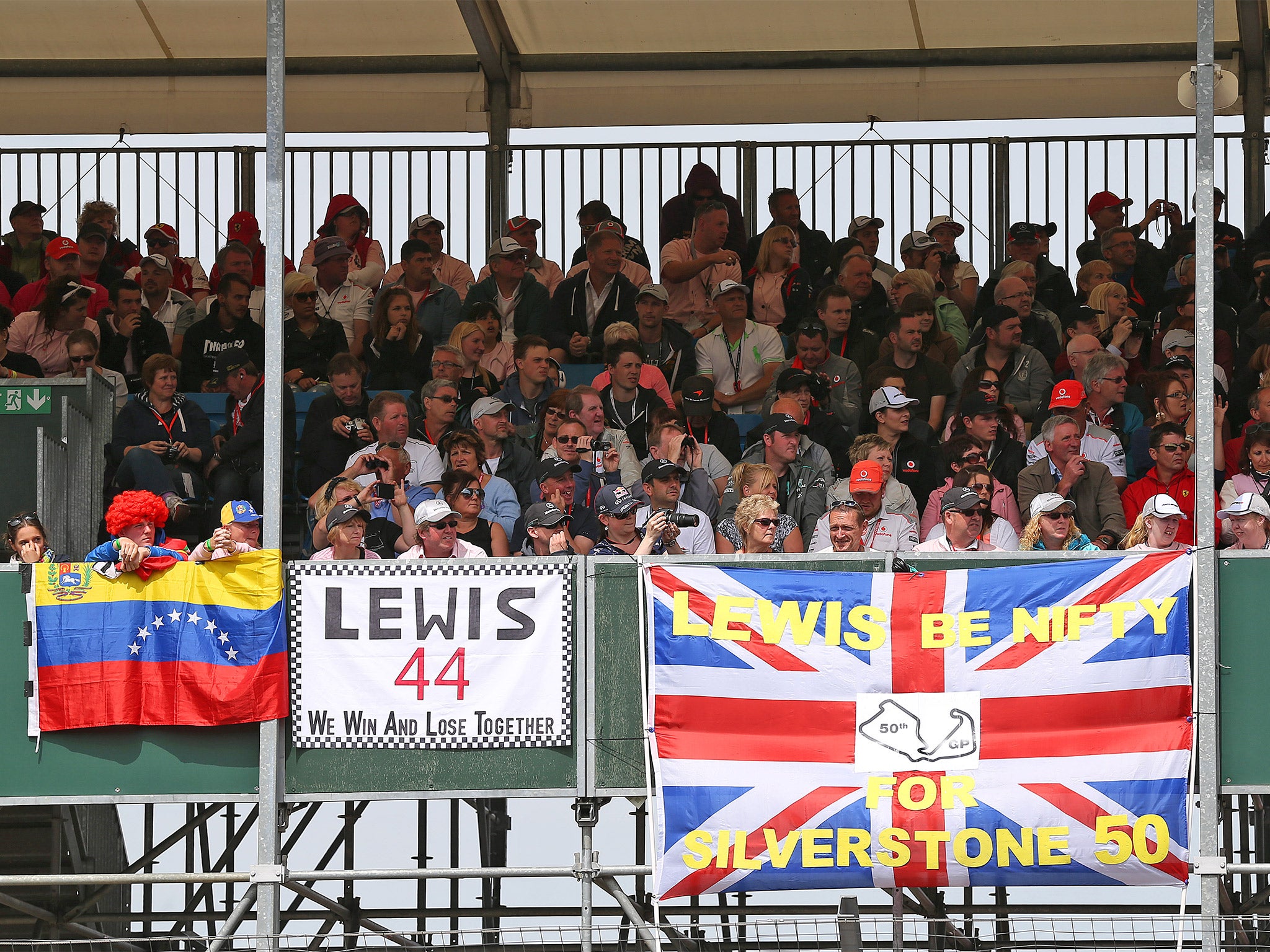Malaysian GP 2015: One by one, the iconic venues fall silent as F1 follows the money east
Not even the Autodromo Nazionale in Monza, at the sport's very heart, is safe

Your support helps us to tell the story
From reproductive rights to climate change to Big Tech, The Independent is on the ground when the story is developing. Whether it's investigating the financials of Elon Musk's pro-Trump PAC or producing our latest documentary, 'The A Word', which shines a light on the American women fighting for reproductive rights, we know how important it is to parse out the facts from the messaging.
At such a critical moment in US history, we need reporters on the ground. Your donation allows us to keep sending journalists to speak to both sides of the story.
The Independent is trusted by Americans across the entire political spectrum. And unlike many other quality news outlets, we choose not to lock Americans out of our reporting and analysis with paywalls. We believe quality journalism should be available to everyone, paid for by those who can afford it.
Your support makes all the difference.The first roar of a Formula One engine is heard each year along the three miles of track that make up the Circuit de Catalunya near Barcelona as the cars are tested for the coming season.
Soon you may struggle to hear anything. One by one, the whine of the Mercedes W05 turbine that powers so many of the Formula One teams will disappear from the European arenas.
The greatest season in the history of the sport, 1976, the one that finished in the driving rain at the Mount Fuji Speedway Circuit with Britain’s James Hunt as the improbable champion of the world, was essentially a European affair.
There were a few grands prix in the Americas and another in South Africa a few months before the Soweto Uprising, but the great race of 1976 was fought out in Europe; at Zolder and Zandvoort, at Anderstorp and Brands Hatch and the Paul Ricard track near Marseille. It was virtually decided at the Nürburgring, where Niki Lauda’s Ferrari exploded into flames.
None of these arenas will stage a grand prix this year and in all probability they never will again. Not even the intervention of Mercedes could save the 2015 German Grand Prix, although Bernie Ecclestone, who runs the sport through Formula One Management, did not seem particularly sorry to see it go.
“A lousy public” was how he described the crowds of 95,000 that over three days last year watched a German car driven by a German, Nico Rosberg, win the German GP a few days after Germany had brought the World Cup back from Brazil. Lauda was shocked. “Ecclestone is just sabre-rattling,” he said. “He will not go through with the threat.” But he did.
Not even the Autodromo Nazionale in Monza, at the sport’s very heart, is safe. The circuit has been described as a “financial disaster” by Ecclestone. Unless Monza can gain exemption from a £15m tax bill, the Italian GP will go the same way as Germany.
The money to stage the races lies in the Far and Middle East; in Shanghai, Bahrain and Abu Dhabi, where they pay Formula One Management higher than average fees, underwritten by governments. Next year the drivers will race at night through the streets of the Azerbaijan capital, Baku, a city where oil is so prevalent that you can smell petrol in the air. Qatar would also like a grand prix and what Qatar wants, Qatar usually gets.
In May the Circuit de Catalunya will celebrate its 25th anniversary. However, the question is how many more there will be. Its contract is up next year.

Unlike Silverstone, which does not control the advertising or most of the corporate hospitality for the British GP, the Spanish GP does have corporate boxes to sell. The best are those that lie directly above the pit lane, called pisos. They can accommodate 60 people, the food and drink is some of the best Catalonia has to offer and Santander will take three. They cost £110,000 each. They have 37 to sell. Like Silverstone, they have no control over the trackside advertising, despite paying FOM around £15m to stage the race.
This year will be Silverstone’s first grand prix under the new management team headed by managing director Patrick Allen, who took over in January. It should be an easy sell. Lewis Hamilton will be returning as world champion. Last season, 330,000 converged on this corner of Northamptonshire over the four days and, with Hamilton back on top, there will be bigger crowds in July.
Given how much of Silverstone’s revenue depends on ticket sales, the temptation must be to ramp up the prices. Race-day admission costs between £155 and £340. The Circuit de Catalunya is rather cheaper at between £115 and £165 – and you get parking and a portion of paella for that. Allen sees no reason why Silverstone could not issue an admission ticket for £99.
“With Hamilton coming as world champion, we could charge what we like,” he said. “But then you would alienate half your audience. Year one would be fine but in year two you’d be in trouble and in year three Silverstone would be in administration.”

The Spanish GP, which is the first on the European circuit to stage a grand prix this year, has two other advantages as it fights to survive. One is that it is 80 per cent owned and underwritten by the government of Catalonia.
In contrast, when recent attempts were made to resurrect the French GP, last raced in 2008, the Magny-Cours circuit pleaded in vain for government aid. President François Hollande, who is said to detest the sport, replied curtly that it was inconceivable a grand prix should be funded in the age of climate change. France staged the first grand prix of all in 1906. It will probably never stage another.
The other advantage is where it is. You could walk the bleached medieval walls of Girona or stroll through the cypresses of the Santa Clotilde Gardens as they meet the Costa Brava at Lloret de Mar and be at the racetrack in a little over an hour. The track has been renamed the Circuit de Barcelona-Catalunya just to emphasise its location.
Around half the audience at the Spanish GP will be foreign. However, it has always attracted a sizeable Russian audience and, with the slump in the value of the rouble and trade sanctions, that formerly lucrative slice of the market is disappearing.
At the Santa Marta in Lloret, the antithesis of a typical Costa Brava hotel, all polished wood, old furniture, perfect daiquiris in the cocktail lounge, they noticed a 40 per cent drop in Russian tourists last year and expect another 40 per cent fall this year.
The balance of Formula One has shifted further east, where there are far fewer fans but much more money, largely supplied by governments that seldom feel the need to be elected.
But even here the sands are shifting. This Sunday, Malaysia will stage its 17th grand prix at the Sepang Circuit but its contract with Ecclestone ends when the race is over. It is hoped that Mercedes, sponsored by Malaysia’s biggest company, Petronas, will step in. But as events in Germany proved, Mercedes could not even save its own grand prix.
Join our commenting forum
Join thought-provoking conversations, follow other Independent readers and see their replies
Comments